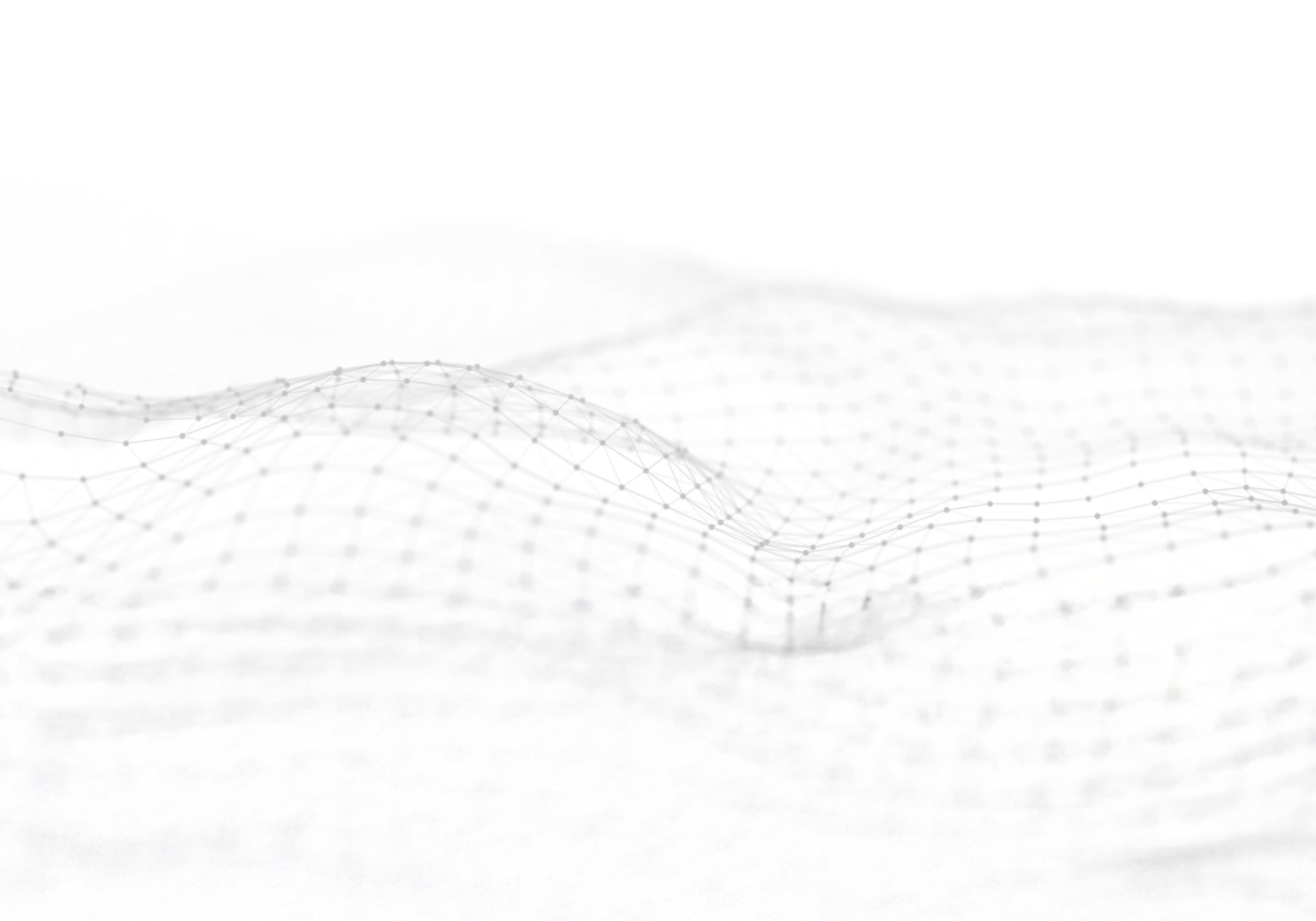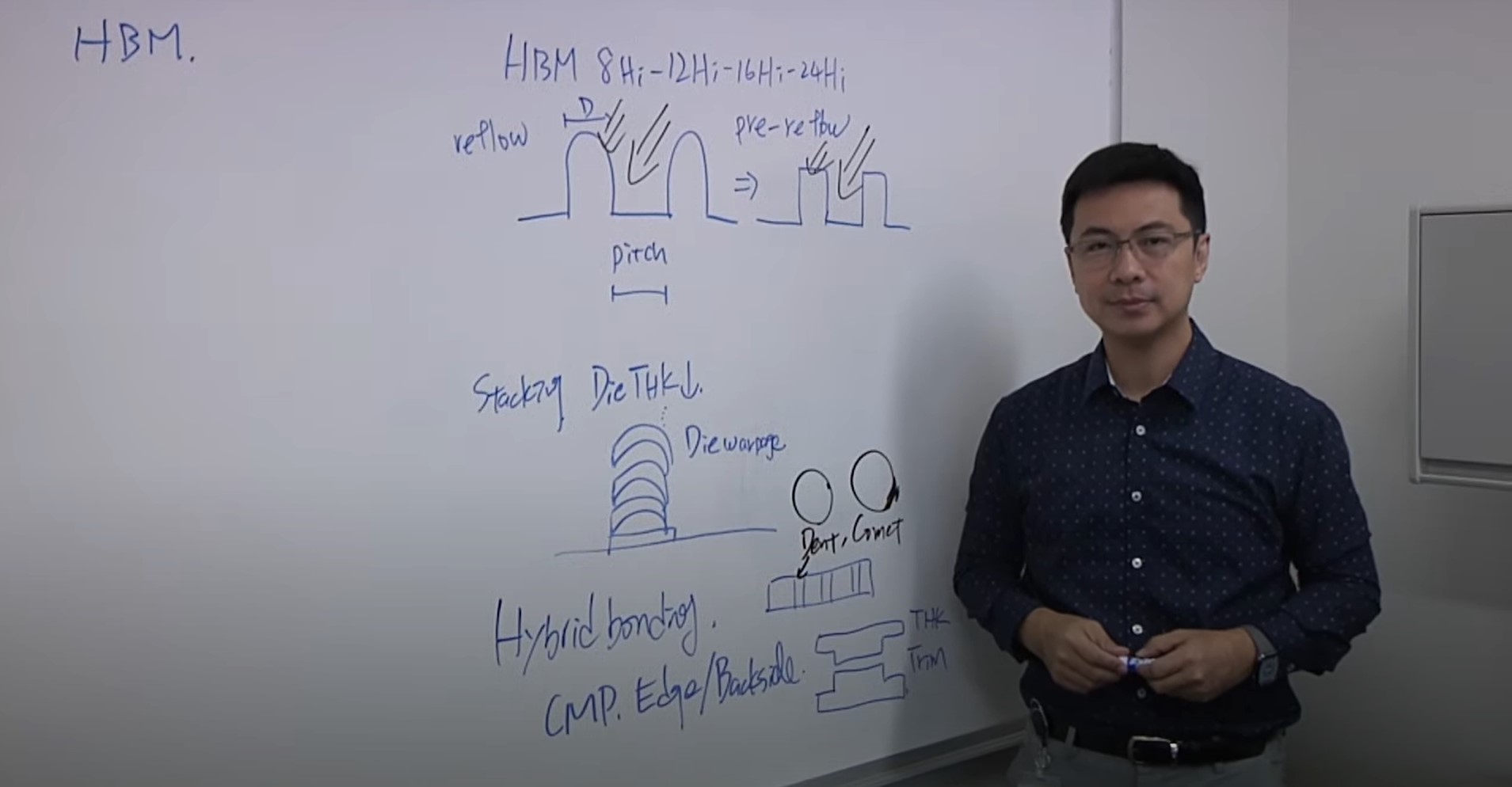Abstract
Picosecond laser acoustic (PULSE™) Technology is an industry benchmark for metal film metrology[1]. The non-contact, non-destructive technique is well-suited for providing simultaneous multi-layer measurements in-line on product wafers. The technology has found widespread adoption across multiple device segments supporting both leading edge and specialty process monitoring and control. Thin film thickness control in advanced packaging is vital for ensuring the electrical, thermal, mechanical, and process-related performance of semiconductor devices. Inaccurate film thickness can lead to performance degradation, higher defect rates, and increased production costs, which makes precision metrology essential in the modern semiconductor manufacturing process. This paper highlights the advantages of the application of PULSE Technology in advanced packaging process monitoring.
By presenting specific examples, we showcase PULSE Technology’s capability to measure multiple-layer stacks, with excellent repeatability, easy to match between tools, and long-term stability. The small spot size makes it possible for direct measurement on BUMPs for advanced packing. Recent upgrades to the system include extending the measurement range to cover very thick, rough films and improvements to signal to noise ratios making it more suitable for advanced packaging to use a single metrology tool to cover a wide range of applications. Additionally, we present examples of the non-destructive Young’s modulus measurement capability that provides critical information about the mechanical strength of the packaging material and residue detection.

You Have a Challenge? Let’s talk.
We’d love to connect with you.
Looking to learn more about our innovative solutions and capabilities? Our team of experts is ready to assist you. Reach out today and let’s starts a conversation about how we can help you achieve your goals.
Let’s Talk
"*" indicates required fields
Advanced IC substrates (AICS) have been marching toward the 2µm line/space (L/S) redistribution layer (RDL) technology node for some time (Figure 1). However, many questions remain about the ability of organic substrates to meet the line/space requirements of the next generation of advanced packages (AP), those below 2µm L/S and perhaps to 1.5µm L/S. Simply put: are organic substrates up to the challenge?
The answer to that has been no.
But with recent developments, the possibility of organic substrates reaching below 2µm appears to be changing.
Before we discuss the reasons why, we will first turn our attention to the core reasons organic substrates struggle with lower line/space requirements…
In the semiconductor industry, digital twins are the focus of a lot of attention, with substantial investments from industry players and governments alike. This year the European Union and the United States have pledged hundreds of millions of dollars in grants and funding opportunities, including the new CHIPS Digital Twin Manufacturing USA Institute. Ultimately, many people see great value in innovating, commercializing and scaling digital twin technology.
As with many trends, digital twins are the subject of speculation and fervor. Unfortunately, this enthusiasm can drive well intentioned users and organizations to choose solutions they don’t need – or spend too much time and money before arriving at reliable ones.
Panel-level advanced packaging technologies have been in development for more than a decade. They began as a way to reduce costs and improve yields for fan-out wafer level applications. Smartphone applications – particularly fingerprint sensors – promised the volumes that would make the investment successful.
However, memories of the fiasco of 450mm wafer efforts lived in the minds of many. Why make the investment in an ecosystem that may not demand high enough volumes to insure return on investment? Still, there were those who believed in the promise of panel-level packaging. Development efforts persevered, and PLP has moved through R&D and into pilot production. Still, through it all, many remained skeptical about there being high enough volumes to support it.
The Era of AI, coupled with the emergence of glass substrates, is set to change all that.
On September 30, 2024, I visited Onto Innovation’s headquarters in Wilmington, MA to attend the grand opening of its Packaging Applications Center of Excellence (PACE). The company has partnered with like-minded suppliers of the PLP ecosystem to accelerate the development of PLP technologies for both organic and glass substrates. These include 3D InCites Members: LPKF Laser & Electronics, Evatec, MKS-Atotech and Lam Research; as well as Resonac, Corning, and others.
The semiconductor industry is a land of peaks and valleys. It’s a place where each innovation represents the culmination of a long and often difficult climb to the summit. In the case of glass substrates, the peak of the mountain is in sight.
The arrival of glass substrates comes at an opportune time, as the industry eyes new process innovations to meet the incredible demand for high performance applications, like AI, and their stringent requirements, including further decreases in size and pitch for through glass vias (TGV). Up until now, organic substrates employed plated through hole (PTH) type vias , but these will be unable to meet these challenging requirements.
With the advent of glass core substrates replacing organic substrates, various processes hitherto requiring basic printed circuit board (PCB) technology take on a new dimension with significantly greater complexity. This blog discusses the formation of interconnects through the substrate, whether those interconnects are PTH for organic substrates or TGV in glass substrates.

